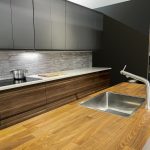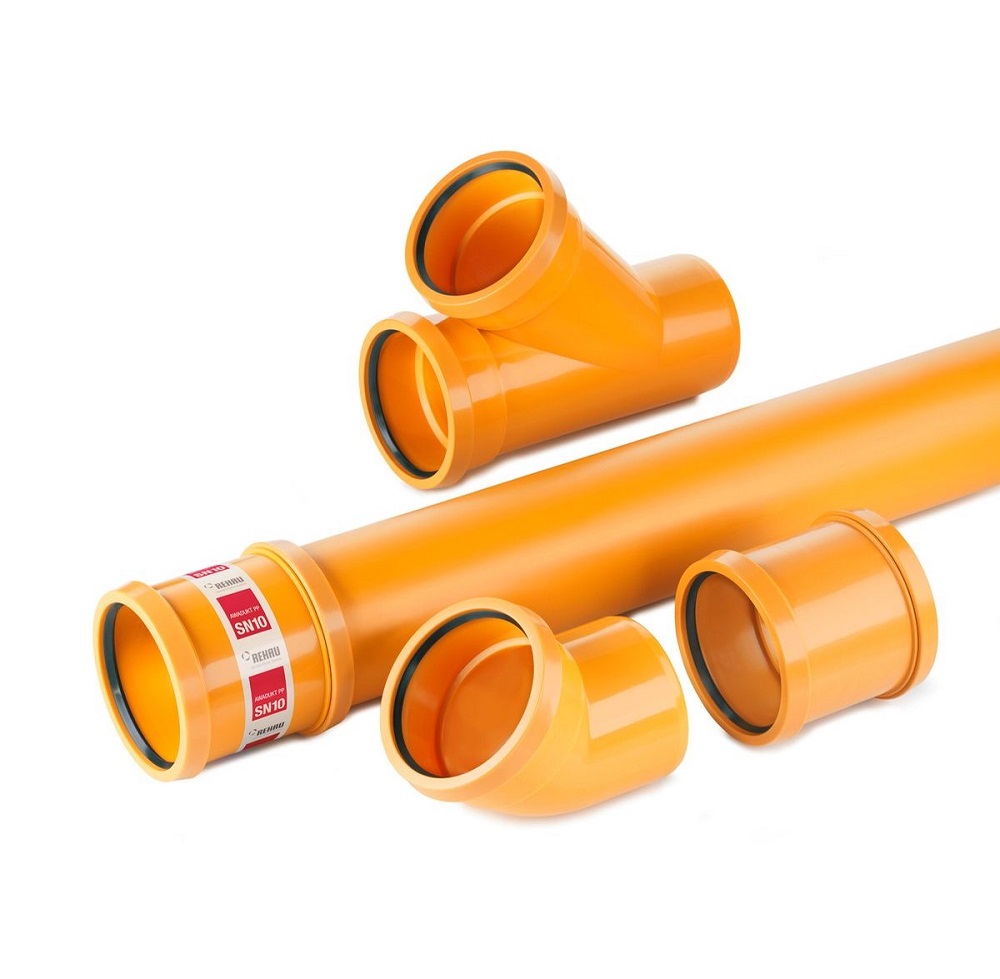Roof cleaning project causes “rapid and irreversible” damage
Authorities at Oxford University’s Natural History Museum have been forced to admit that a cleaning project to remove 150 years of dirt from the glass tiles of the roof has resulted in irreparable damage to the museum’s priceless artefacts.
The damage, as reported by the Telegraph, was revealed to be as a result of the £2m restoration works causing 40°C temperatures, low humidity, and high levels of ultraviolet light that have all contributed to destroy the museum’s artefacts.
The report shows images of the cracked and faded skins of the stuffed animals and states that curators have warned that a set of scientifically important whale skeletons face being ruined by the conditions.
Experts have pointed to the removal of a solar reflective film from the glass roof tiles as the main cause of the damage. The covering was removed from the leaking roof tiles and replaced with a protective film coating over the individual cases of the exhibits. This, combined with the removal of over 100 years of dirt, has led to a surge in temperatures as a result of direct sunlight, causing a significant drop in humidity.
Highlighting the importance of taking the correct precautions when specifying rooflights to such projects, a representative from NARM’s technical committee commented: “NARM members have long been aware of the potential problems when designing museums and art galleries which house valuable and delicate exhibits and the potential harmful effects from daylight if not correctly specified.
“There are a number of possible solutions to allow exhibition spaces to be successfully lit by natural light whilst avoiding possible harm to the exhibits. The most damage is done by harmful UV radiation and glazing specifications are available that can almost totally exclude harmful UV. It is also beneficial to use diffusing glazing materials which give a much more even light avoiding high contrast between direct light and shadows from the structure, eliminating glare and reducing solar heat gain.”
The university, backed by Historic England, has made a bid to apply a gold-coloured UV film to the roof, however it has been acknowledged that doing so will alter the building’s external appearance and remove from its history.
The NARM representative continued: “Museums and galleries can be very successfully and safely lit with natural daylight and we would advise consulting with a NARM member when embarking on such a project.”




















